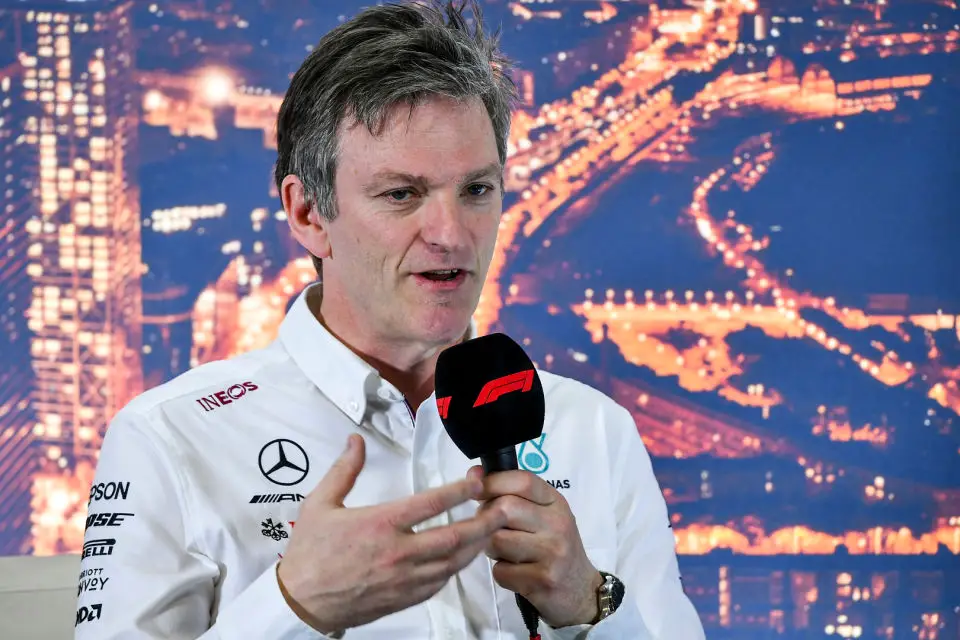Mercedes F1 Team’s W15: A Potential Game Changer in 2023
In a recent update, Mercedes has expressed a cautious yet hopeful stance on the capabilities of their new W15 car, aiming to overcome the challenges faced in the previous Formula 1 season. This move comes as a strategic effort to enhance the performance of Lewis Hamilton and George Russell, setting the stage for a potential comeback against Red Bull.
Key Takeaways
- Complex Emotions at Mercedes: Technical director James Allison articulated a mix of apprehension, excitement, and fear about the upcoming season, reflecting the unpredictable nature of Formula 1 and the continuous improvements by teams like Red Bull.
- Focus on W15’s Handling and Efficiency: Mercedes’ W15 car aims to address the problematic handling of the W14, with simulations showing promising improvements in downforce and power unit efficiency.
- New Regulations and Level Playing Field: Despite Red Bull’s strong performance last season, Allison speculates that the new F1 regulations could restrict the extent of performance enhancements, potentially leading to a more competitive and balanced field.

James Allison, Mercedes’ technical director, conveyed a range of emotions typical of the pre-season period during a conversation with Motorsport.com. His comments highlight the uncertainties inherent in Formula 1, where even dominant teams like Red Bull face unpredictability.
The W15’s primary focus is to resolve the handling issues that troubled the W14. Allison expressed cautious optimism about the improvements made in simulations, hoping for a more user-friendly car behavior. He stated, “It’s impossible at this time of year to be anything other than apprehensive, coupled with excited, coupled with frightened… However, what we do have some hope for is that some of the more spiteful characteristics of the rear end of our car will be a bit more friendly to us.”
Further improvements include weight reduction, enhanced downforce, and power unit optimization. These changes, according to Allison, are significant steps towards addressing last year’s shortcomings. He added, “On top of that [handling], you’ve got all the normal housekeeping type stuff… It will be interesting to find out how accurate we’ve been with that diagnosis.”
Allison also reflected on the broader implications of the new regulations, which impose a clearer upper limit on car performance. This change could compress the competitive gap across the grid, offering a more evenly matched contest. He remarked, “I think if you look at last year… this is a grid that is gradually compressing.”
In summary, the Mercedes team, under the guidance of James Allison, appears cautiously optimistic about the W15’s potential. The car not only aims to rectify past issues but also adapt to the evolving landscape of Formula 1, driven by new regulations and heightened competition. As the season unfolds, the effectiveness of these changes will be a focal point, potentially reshaping the dynamics of the championship race.


